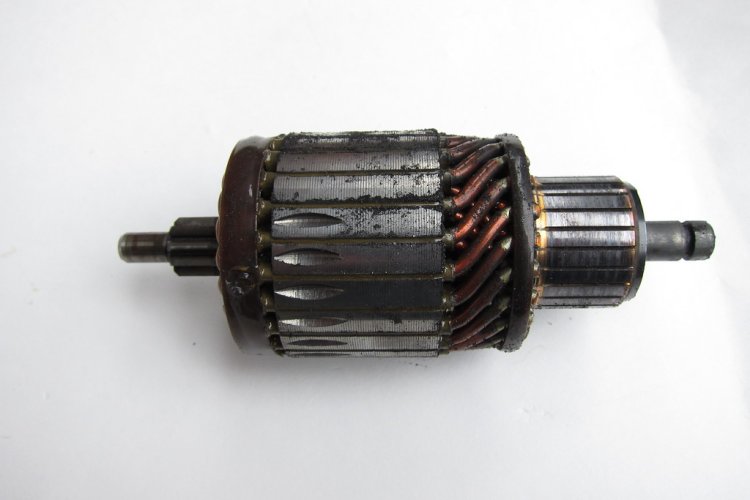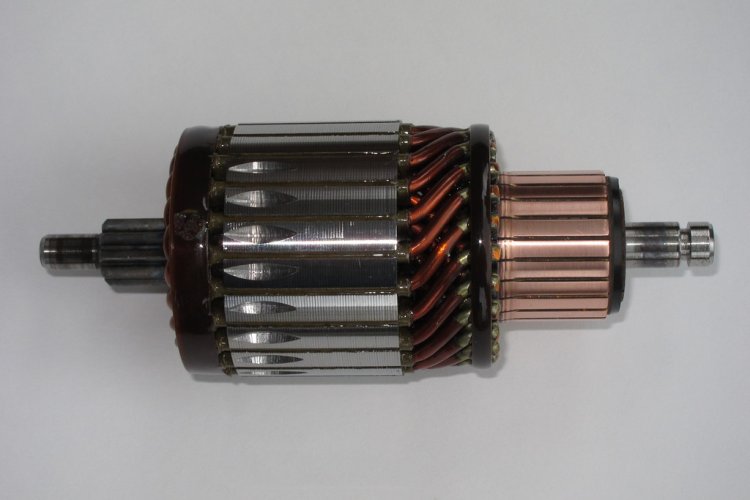AKsuited
New member
<iframe width="946" height="532" src="https://www.youtube.com/embed/Lh_gleC7SlE" frameborder="0" allow="accelerometer; autoplay; encrypted-media; gyroscope; picture-in-picture" allowfullscreen></iframe>
Watching this video reminded me that since I will soon be installing a new battery on my bike, I need to install the CTEK pigtail in order to be able to charge the bike without having to remove the right side battery cover. (I did order the bigger Yuasa from smile.Amazon…)
Harry
Watching this video reminded me that since I will soon be installing a new battery on my bike, I need to install the CTEK pigtail in order to be able to charge the bike without having to remove the right side battery cover. (I did order the bigger Yuasa from smile.Amazon…)
Harry



